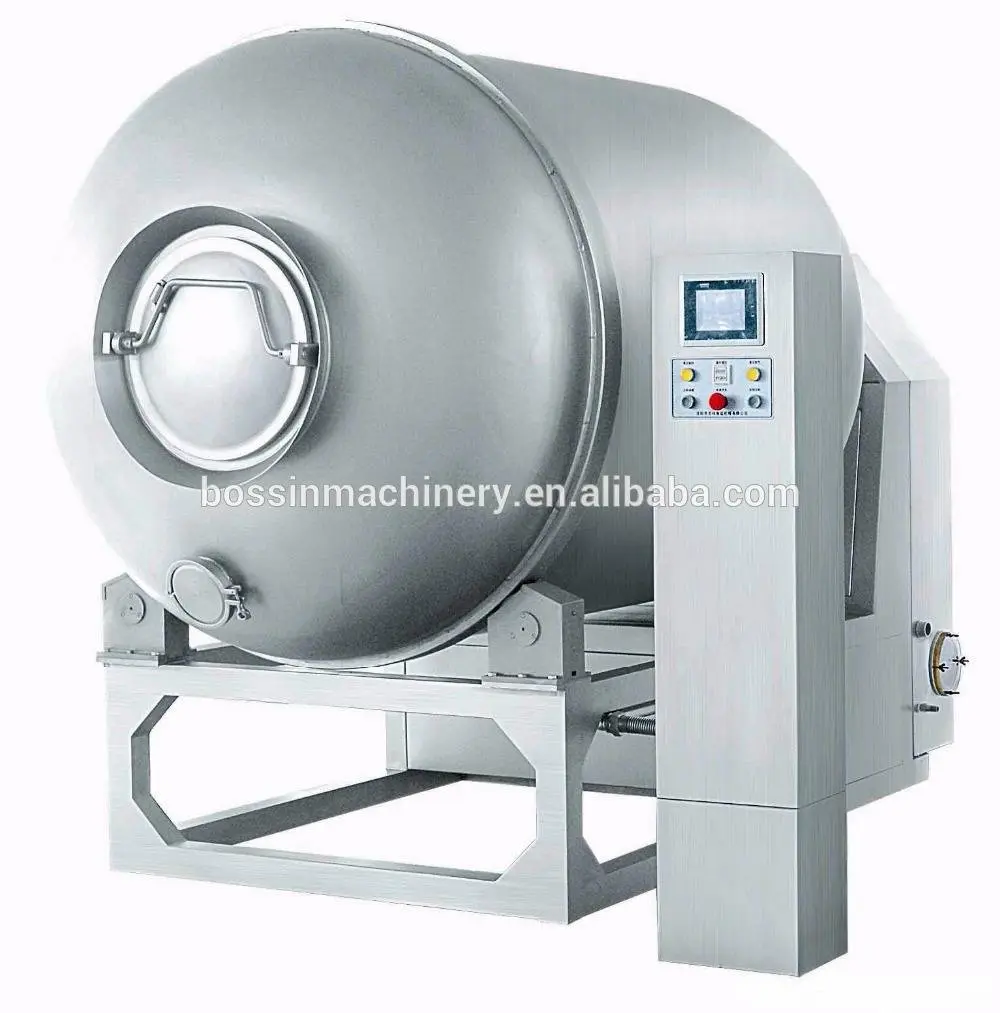
okt . 03, 2024 02:36 Back to list
Elevating Meat Quality with Innovative Processing Solutions for a Sustainable Future
The Meat Elevator Innovations in Food Transportation
In the ever-evolving world of food processing and transportation, the concept of the meat elevator represents a pivotal innovation. This modern equipment not only revolutionizes the way meat is handled in facilities but also addresses critical issues such as food safety, efficiency, and productivity. As the global demand for meat products continues to rise, the importance of such advancements cannot be overstated.
Historical Context
To appreciate the significance of the meat elevator, it's essential to understand the historical methods of transporting meat within processing plants. Traditionally, workers relied on manual handling and simple conveyor systems. While these methods were functional, they were labor-intensive and often posed risks of contamination. As the meat industry grew, so did the need for more sophisticated equipment that could streamline operations and enhance hygiene standards.
The Design and Function of Meat Elevators
A meat elevator is a specialized lift designed to transport heavy loads of meat from one level of a facility to another. It typically features a robust structure, capable of handling various meat products—from carcasses to packaged goods. The elevators are often constructed with stainless steel, ensuring they are easy to clean and resistant to corrosion, thereby maintaining hygiene standards.
The operation of a meat elevator is relatively straightforward. Meat is loaded onto a platform, which is then lifted or lowered to the desired floor level using hydraulic or mechanical systems. Depending on the design, these elevators can accommodate different capacities and heights, making them versatile for various production demands. Some advanced models even incorporate automated systems for maximum efficiency, reducing the need for manual labor and minimizing human error.
Benefits of Meat Elevators
meat elevator

The deployment of meat elevators in processing plants offers numerous benefits. Firstly, they significantly enhance food safety. By minimizing human contact with meat products during transportation, the risk of contamination decreases markedly. This is particularly crucial in an industry where hygiene is paramount to prevent foodborne illnesses.
Secondly, meat elevators contribute to increased efficiency in the production process. They facilitate faster movement of meat, allowing for a smoother workflow and enabling workers to focus on other essential tasks. This not only boosts productivity but also optimizes the use of space within facilities, as elevators can be designed to fit into limited areas without the need for expansive conveyor systems.
Moreover, using meat elevators reduces the physical strain on workers. The heavy lifting associated with manual transportation can lead to injuries and fatigue. By mechanizing this process, companies can ensure a safer working environment, potentially lowering workers' compensation claims and fostering employee satisfaction.
Environmental Considerations
In addition to their operational benefits, meat elevators can also be designed with sustainability in mind. Innovations in energy-efficient systems and the use of renewable materials for construction are becoming more prevalent. This consideration aligns with the broader goals of the meat industry to reduce its environmental footprint, thus appealing to increasingly eco-conscious consumers.
Conclusion
The meat elevator exemplifies how technological advancements can transform traditional industries. By improving safety, enhancing efficiency, and supporting environmental sustainability, these systems play a crucial role in the contemporary meat processing landscape. As the industry continues to innovate, there is no doubt that equipment like the meat elevator will be central to its future, ensuring that we can meet the demands of consumers while maintaining the highest standards of quality and safety. In an age where food safety is paramount, the meat elevator is not just a convenience—it's a necessity.
Latest news
-
Premounted Side Disc for Efficient Operation - AI-Enhanced
NewsAug.04,2025
-
Pneumatic Clipping Machine - Shijiazhuang Bossin Machinery Equipment Co., Ltd.|Precision, Efficiency, Innovation
NewsAug.03,2025
-
Sausage Link Cutter JC999-03 | Fast & Precise Sausage Slicing Tool
NewsAug.03,2025
-
Pneumatic Clipping Machine- Shijiazhuang Bossin Machinery Equipment Co., Ltd.|Sausage Production Line, High Efficiency
NewsAug.03,2025
-
Pneumatic Clipping Machine - Shijiazhuang Bossin Machinery Equipment Co., Ltd.|Sausage Production Line, Efficient Meat Processing
NewsAug.03,2025
-
Pneumatic Clipping Machine-Shijiazhuang Bossin Machinery|Precision Efficiency
NewsAug.03,2025